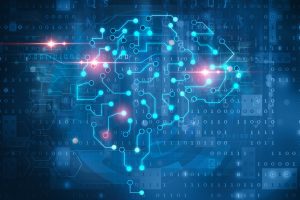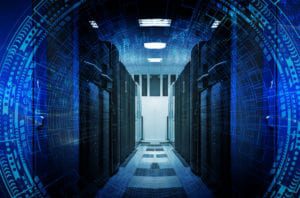
To say that water is an important resource would be an understatement. However, the water & wastewater industry faces some serious obstacles, including maintaining water quality, preventing service interruptions, coping with rising energy costs, and dealing with aging infrastructure. On top of this, the effects of climate change and increasing demand from growing populations and industries add even more complexity.
Meeting these challenges requires more than traditional methods. Digital technologies are becoming a key solution, helping utilities and businesses optimize operations, reduce energy consumption, and monitor water quality in real time. The good news is that a recent study revealed that over 90% of industrial businesses are already engaged in some form of digital activity to enhance efficiency and resilience.
From smart sensors to predictive maintenance and automated control systems, technology is reshaping how water resources are managed and ensuring both sustainability and reliability.
Challenges and opportunities in digitalizing the water & wastewater industry
Imagining a completely new digitalized system that might fulfill every need is easy. Still, most existing water & wastewater facilities can’t afford to fully replace their current system and completely start over. Solutions integrating into legacy systems—including edge computing and artificial intelligence (AI)—are key to mapping the path forward.
Using edge computing and AI to enhance SCADA systems offers water & wastewater companies an opportunity to:
- Improve real-time insight into system operations
- Optimize productivity, operations, and processes
- Minimize downtime and failures
- Reduce maintenance and repair costs
Benefits of combining edge AI and SCADA systems
SCADA systems are the backbone of modern industrial automation for water & wastewater management and many other industrial processes. Traditional SCADA systems provide valuable critical functions that optimize operational efficiency and ensure regulatory compliance. However, the data is often underutilized because existing remote terminal units (RTUs) and programmable logic controllers (PLCs) don’t have enough power or memory to run advanced AI applications.
Edge computing offers significant benefits for relatively low effort, allowing organizations to leverage high-granularity data and advanced AI models for real-time decision-making. Smart edge devices such as industrial PCs (IPCs) can collect, process, and analyze high-frequency data locally—or on the device itself—without constant connection to a cloud or remote server. This enhances speed, accuracy, and reliability to:
- Enable data-driven automated responses
- Provide valuable AI inferences to existing SCADA or enterprise systems
- Improve insights
Essentially, SCADA systems rely on simplistic, rule-based models utilizing low-granularity data, where powerful AI models analyze rich data on edge devices. However, by combining edge computing and AI, organizations can get the best of both worlds by leveraging SCADA systems’ robust control capabilities while harnessing edge computing’s agility and intelligence. The edge AI-generated insights can be integrated into SCADA or other systems without bogging down larger systems with unnecessary data that could increase costs, create bottlenecks and delays, or change SCADA system functionality.
Moving your journey forward
Despite the cutting-edge technology recommended, upgrading doesn’t have to be overwhelming. Many water & wastewater companies look to partner with experts who can help them along their journey. Partners like Schneider Electric, with expertise in digital transformation, industrial automation, AI, and cloud and edge computing, can help maximize the return on investment of your digital journey. To learn more, download our new white paper or listen to this podcast from topic experts.




Add a comment